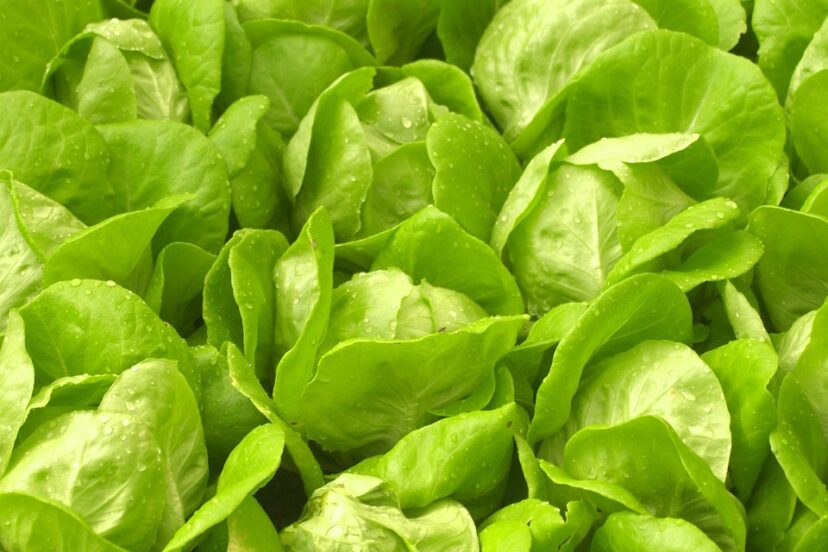Kratky Lettuce: Easy and Economical Hydroponic Greens
Introduction to Kratky Lettuce
Kratky lettuce is a great use for the Kratky Method. I have talked about the Kratky Method in previous posts but in case you missed it, I will give you a brief summary.
What is the Kratky Method?
At its core, the Kratky method is a passive hydroponic system. This means there’s no need for fancy pumps or electricity. You simply let the plant roots hang into a nutrient solution, and they draw up what they need from the water.
The Appeal of Growing Kratky Lettuce
Lettuce, with its quick growth and relatively straightforward needs, is an ideal candidate for hydroponics. And when you grow it using the Kratky method, it grows faster and you have complete control over what goes into it.
Challenges of Using the Kratky Method
Although it is simpler and more economical than other hydroponic methods, the Kratky approach has its challenges.
Monitoring Nutrient Levels
First and foremost, ensuring your lettuce gets the right nutrients is crucial. Without soil acting as a buffer, you’ll need to be a bit more attentive to your plant’s needs.
Potential for Algal Growth
Standing water can be a breeding ground for algae especially when you create a nutrient-rich environment and add sunlight. And once algae gets in it is hard to get rid of!
Handling Root Rot
If your lettuce roots stay too wet, they might succumb to rot. But with a bit of care, you can easily avoid this pitfall. It is just a matter of keeping the nutrient mixture at the proper level.
Benefits of Kratky Lettuce
Water Efficiency
Believe it or not, hydroponics often uses less water than traditional gardening. And the Kratky method, being passive, is among the most efficient.
Fast Growth Rates
Want salad greens fast? Kratky lettuce grows noticeably quicker than its soil-grown counterpart.
Fewer Pests and Diseases
No soil means fewer soil-borne diseases and pests. You still will have to watch out for the air-borne ones though.
Helpful Suggestions for Growing Kratky Lettuce
So, considering giving Kratky lettuce a shot? Here are some tips to set you on the path to success.
Choosing the Right Nutrient Solution
Your lettuce is only as good as the nutrients it gets. Choose a high-quality solution tailored for leafy greens.
Proper Aeration Techniques
Remember the root rot issue? Proper aeration can mitigate that. This can primarily be handled by not completely submerging the roots. But, you could consider adding an air stone or diffuser if you’re looking to scale up your Kratky operation.
Conclusion and Final Thoughts
Growing Kratky lettuce is an adventure, with its highs and lows. But, with the right knowledge, it’s an immensely rewarding journey. Whether you’re in it for the crisp greens or the thrill of trying something new, why not try Kratky lettuce?
FAQs
Is the Kratky method suitable for other plants?
Absolutely! While lettuce is a popular choice, many leafy greens and herbs thrive with this method.
How often should I change the nutrient solution for Kratky lettuce?
It depends on the size of your setup and the growth stage of your lettuce. But generally, monitoring the solution and topping up as required works well.
Can I use tap water for my Kratky lettuce nutrient solution?
It’s best to use purified or distilled water to avoid unwanted minerals and chemicals. Many municipalities add chlorine or chloramine to their tap water. These chemicals can damage or kill your plants.
How do I prevent algal growth in my Kratky setup?
Keeping your nutrient reservoir covered and away from direct light helps prevent algal blooms. Using dark, opaque containers will also help.
Is Kratky lettuce as nutritious as soil-grown lettuce?
With the right nutrient solution, hydroponically grown lettuce can be just as, if not more, nutritious than its soil-grown counterpart.




